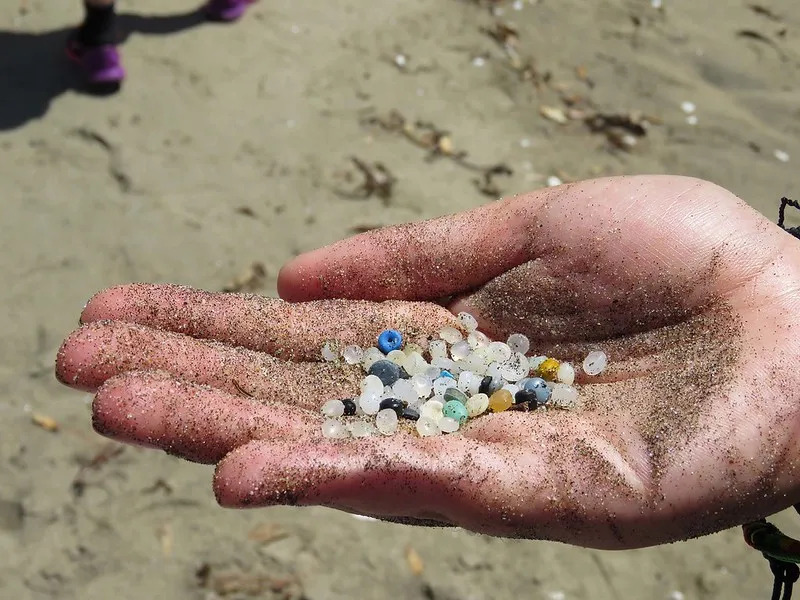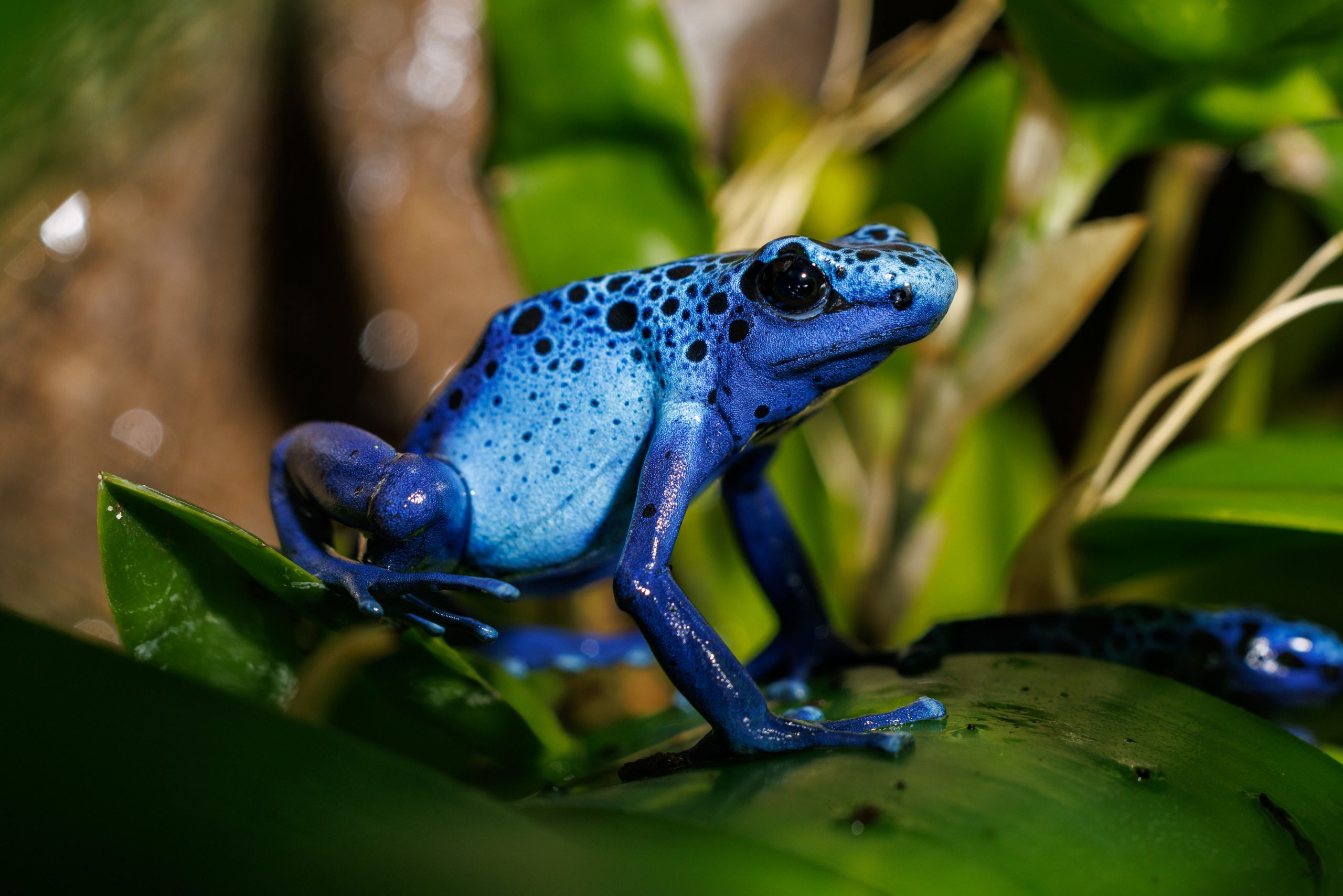Introduction to Nurdles and Their Impact on the Environment
Have you ever heard of nurdles? These tiny plastic pellets, measuring just about 5mm in diameter, are the unsung villains of our oceans. While they may seem harmless due to their size, these miniature monsters are wreaking havoc on marine ecosystems and posing severe risks to human health. As we delve into the world of nurdles, you’ll discover how this seemingly innocuous form of plastic is contributing to ocean pollution on a staggering scale. The environmental impact analysis reveals troubling truths that demand our attention and action. Join us as we uncover the dark side of these little offenders and explore what’s being done—and what you can do—to combat this growing concern for our planet’s future.
The Surprising Source of Nurdle Pollution
Nurdles, those tiny plastic pellets, originate from the manufacturing processes of plastic products. Surprisingly, they are not discarded waste but rather a byproduct of production.
During transportation and handling, these minuscule beads often escape into the environment. Spills at factories or mishaps during shipping can release thousands of nurdles into waterways.
Rain can wash them down storm drains while wind carries them away to beaches and oceans. Once released, they become part of a broader ocean pollution crisis that is hard to track.
Plastic manufacturers focus heavily on efficiency but overlook how their operations contribute to this environmental dilemma. The journey from factory floor to ocean poses risks that many don’t consider when picturing pollution sources.
These small yet impactful particles serve as a reminder that even minor missteps in industry practices have far-reaching consequences for our planet’s health.
The Devastating Effects of Nurdles on Marine Life
Nurdles are tiny plastic pellets, often measuring just 5mm in diameter. Their small size makes them easily ingested by marine life. Fish, birds, and even plankton mistake these colorful bits for food.
Once consumed, nurdles can block the digestive systems of sea creatures. This blockage leads to malnutrition or starvation. The implications ripple through entire ecosystems, affecting predator-prey relationships and biodiversity.
These pellets also absorb harmful chemicals from their surroundings. When marine animals eat contaminated nurdles, toxins enter their bodies. These substances accumulate up the food chain, impacting larger predators—including humans who consume seafood.
Coral reefs are not exempt either; they suffer when nurdles settle on delicate structures. The buildup hampers growth and reproduction rates of vital reef species.
The struggle against nurdle pollution is a battle for survival among countless ocean dwellers facing an uncertain future.
Human Health Risks Associated with Nurdle Pollution
Nurdles are not just a threat to marine ecosystems; they pose serious risks to human health as well. These tiny plastic pellets often end up in our oceans, where they absorb harmful chemicals like pesticides and heavy metals.
When fish and other seafood ingest nurdles, toxins accumulate in their bodies. As humans consume these contaminated creatures, we unknowingly introduce dangerous substances into our own systems. This can lead to long-term health issues including hormonal imbalances and increased cancer risks.
Moreover, nurdle pollution impacts drinking water sources too. As rain washes them ashore or through landfills, waterways become contaminated. Microplastics may then enter tap water supplies without us realizing it.
The cycle continues as communities living near polluted areas face heightened exposure. Awareness of this issue is crucial for protecting public health from the hidden dangers lurking beneath the surface of our oceans.
Efforts Being Made to Combat Nurdle Pollution
Communities around the globe are waking up to the crisis of nurdle pollution. Grassroots organizations are at the forefront, organizing beach clean-ups and spreading awareness about these tiny plastic pellets. Their initiatives aim not only to remove existing pollutants but also to educate locals on how they can prevent further contamination.
Some countries have started implementing stricter regulations for manufacturers that handle nurdles. These policies demand better containment practices during transport and production processes. Compliance is key in reducing leaks into our oceans and waterways.
Innovative companies are designing spill-proof containers specifically tailored for nurdles. This effort aims to minimize accidental releases during shipping, ultimately protecting marine ecosystems from this insidious form of ocean pollution by plastic.
Research institutions are also engaged in environmental impact analysis focused on understanding the long-term effects of nurdle accumulation in aquatic environments. Their findings could drive more effective policy changes worldwide.
How Individuals Can Help Reduce Nurdle Pollution
Every small action counts when it comes to reducing nurdle pollution. Start by becoming aware of your plastic consumption. Opt for products with minimal packaging and avoid single-use plastics whenever possible.
Participate in local beach clean-ups or community clean-up events. These initiatives not only remove nurdles from the environment but also raise awareness about ocean pollution by plastic among participants.
Educating others is equally important. Share information on social media, spread the word about nurdles, and engage friends and family in discussions about their impact on marine life.
Support companies that prioritize sustainable practices. Choosing brands that commit to reducing plastic waste can drive change within industries.
Advocate for stronger regulations regarding plastic production and disposal at local government meetings or online forums. Your voice matters, especially when rallying support for environmental policies aimed at combating this growing threat.
The Urgent Need for Action Against Nurdle Pollution
As the world grapples with the alarming rise of ocean pollution by plastic, it is evident that nurdles are a significant part of this crisis. Their tiny size belies their devastating impact on our environment, marine life, and even human health. Every year, billions of these plastic pellets escape into waterways and oceans during production and transportation, contributing to an ever-growing problem.
The effects are profound. From choking seabirds to contaminating fish populations and entering our food chain, nurdles represent a tangible threat we cannot ignore. The time for action is now; without immediate intervention from both industry leaders and consumers alike, the future looks bleak for our oceans.
We need robust policies aimed at better handling of these materials during production processes. Advocacy groups must continue raising awareness about nurdle pollution while pushing for stricter regulations on plastic manufacturing practices. Consumers also play a vital role—by making informed choices about products we use daily or supporting companies committed to sustainable practices.
Every small step counts in reducing nurdle pollution’s reach into our ecosystems. It’s imperative that we all act collectively to address this pressing issue before it spirals further out of control. Our planet deserves more than just temporary fixes; what’s required is sustained commitment toward systemic change in how we produce and consume plastics today.




